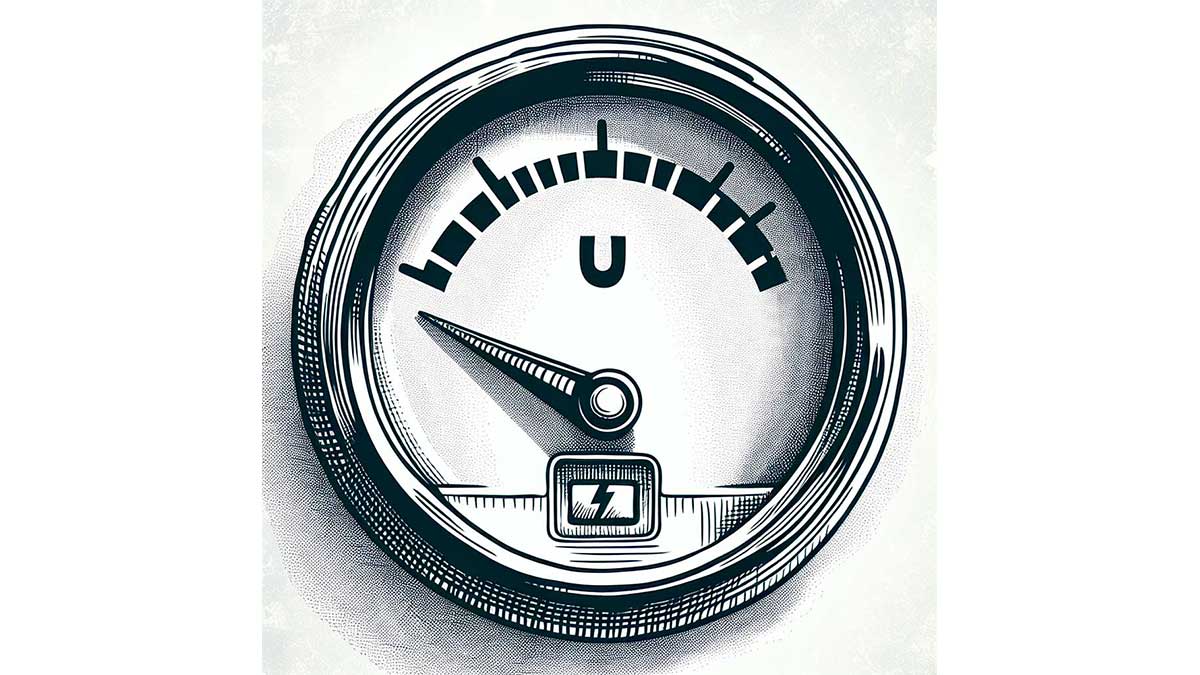
LED fixtures powered by voltages much lower than the mains are widely used. If such fixtures run on AC, they must be connected to the mains through a transformer. However, it's better to use low-voltage fixtures powered by DC because their design is simpler and more cost-effective. These fixtures are connected to the mains through a power supply unit. Usually, a transformer or power supply unit is installed for a group of fixtures. Let's look at the main applications of low-voltage power in lighting.
Increased safety
The International Electrotechnical Commission (IEC) standard IEC 60335-1:2013 defines a voltage between wires or between a wire and ground that is considered safe for humans. A voltage of no more than 42 V DC or AC with a peak voltage not exceeding this value (for a sine wave, this means an RMS voltage of no more than 29.6 V) is considered safe. This is called SELV (Safety Extra Low Voltage). A power supply that meets SELV requirements can have an open-circuit voltage of no more than 50 V.
Fixtures powered by SELV are used in damp locations where people are present, such as swimming pools. Additionally, fixtures in areas used by children should be powered by SELV, especially if children can reach or damage the fixture housing.
For these applications, fixtures operate on either DC or AC. For DC, an isolated power supply must be used.
Architectural lighting
When illuminating buildings, you may need to make fixtures as inconspicuous as possible. The primary way to achieve this is by reducing the fixture's size. Fixtures can be made much smaller by powering them with a low DC voltage (24 or 48 V). This eliminates the need for a built-in driver.
Track lighting systems
In track systems, using SELV allows removal of components that prevent accidental user contact with the wires. This makes it possible to reduce the track’s width and height, making it less visible.
Modern track systems are typically powered by DC at one of the following voltages: 12 V, 24 V, 42 V, or 48 V. It’s important to note that 48 V is formally not SELV, but track system manufacturers often choose this voltage because power supplies for this voltage are cheaper. In reality, this solution is also safe, but it does not comply with IEC 60335-1:2013.
Power over Ethernet (PoE) Technology
For lighting control in offices and factories, Internet of Things (IoT) technology is increasingly used. Wireless solutions aren't always possible. To avoid running extra cables, Power over Ethernet (PoE) is used. It allows both digital data and power to be transmitted over a single Ethernet cable. The standard supply voltage is 48 V DC, and the power delivered can reach 71.3 W. For comparison, a typical office fixture installed in a drop ceiling uses about 36 W.
In addition to reducing the number of cables, DC power solves the problem of light output flicker at no extra cost. As "smart" lighting control systems become commonplace, PoE technology has a promising future.






